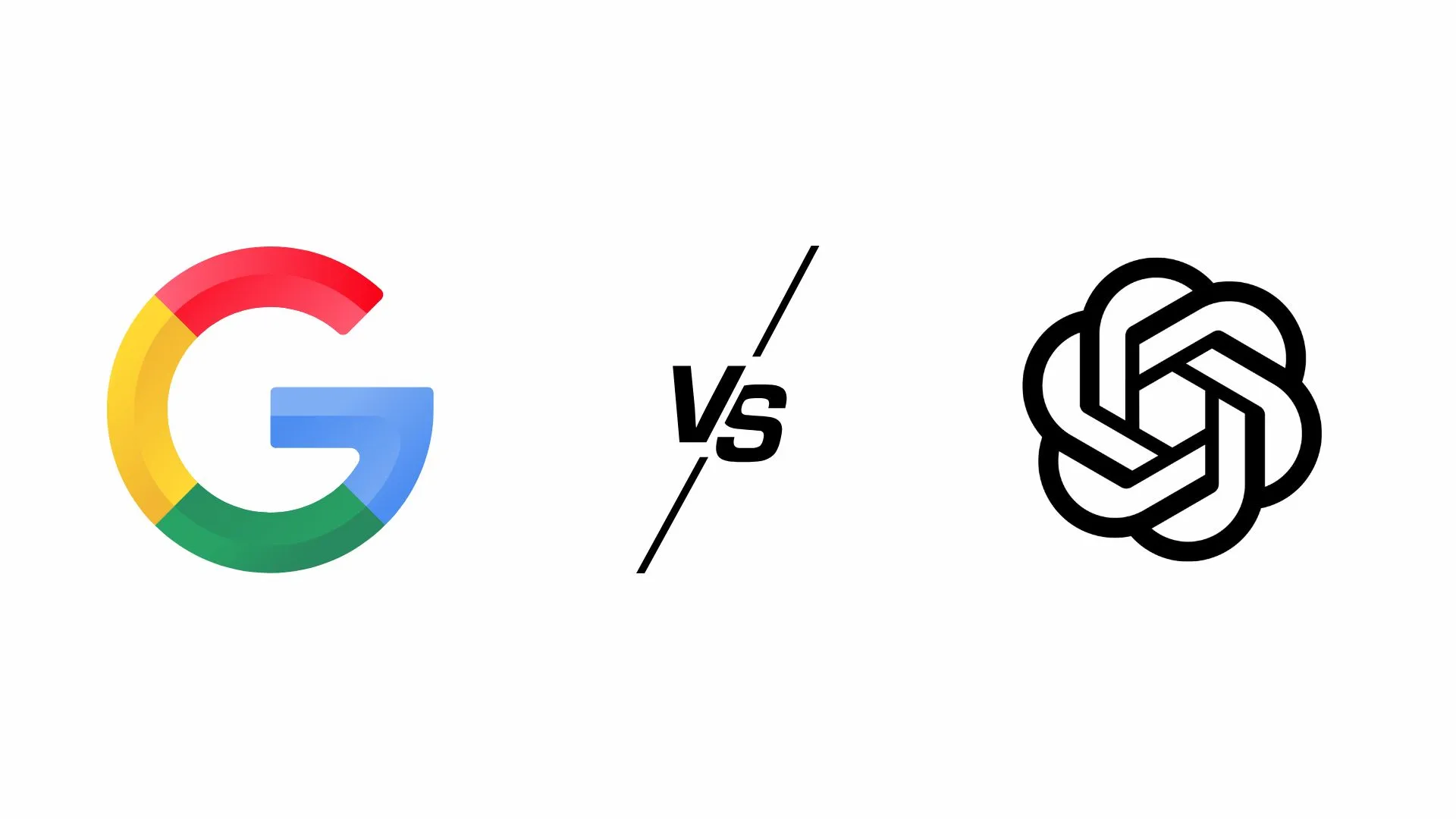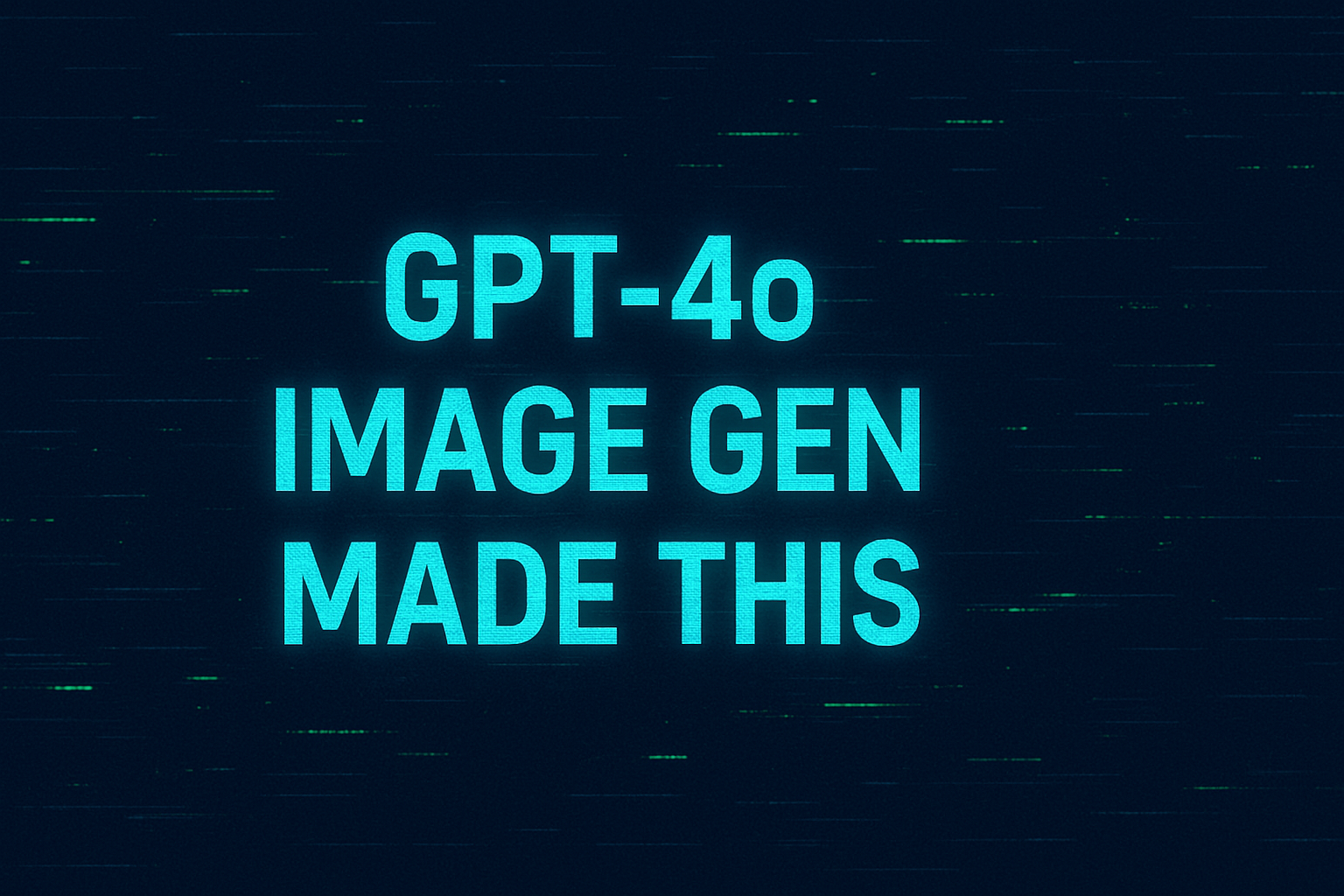
The Art of Prompting AI Reasoning Models: A Masterclass
If you've been wrestling with AI models lately, you might've noticed a new breed entering the arena: reasoning models. These aren't your garden-variety language models—they're the chess players of the AI world, built to think several moves ahead. Understanding how to prompt them effectively is the difference between getting a mediocre response and unlocking their full problem-solving potential.
Let's dive into how to master prompting for these next-gen AI systems from the major players: OpenAI, Google, and Anthropic.
Why are Reasoning Models Different?
Reasoning models like OpenAI's o1 and o3-mini, Google's Gemini 2.0 Series, and Anthropic's New Claude 3.7 with “hybrid-reasoning” are engineered differently from standard LLMs. The difference? They're designed to actually think—or at least simulate thinking far more convincingly than their predecessors.
While standard LLMs are essentially "next-token predictors" that guess the most probable next word based on training patterns, reasoning models incorporate mechanisms for deliberate, multi-step inference and self-verification. They allocate more computational resources and time to mull over complex problems, mimicking human analytical processes.
As one analysis puts it, these models "effectively mimic a human's analytical thought process," a stark contrast to the faster, more direct response generation typical of standard LLMs. Some reasoning models, like OpenAI's o1, even perform "self-fact-checking" during response generation, internally verifying details to improve factual accuracy—a feature not commonly found in standard LLMs without specific prompting.
The Platform Showdown: How Prompting Differs Across the Big Three
Here's where things get interesting. Each AI provider has developed their own philosophy on how their reasoning models should be prompted. Let's break it down by company.

OpenAI's Minimalist Approach to Prompting Reasoning Models
OpenAI's guidance for their reasoning models (o1, o3-mini) is surprisingly minimalist: keep it simple and direct. Their models perform best when you don't overcomplicate things with excessive instructions.
The key takeaway? Trust the model's inherent reasoning abilities rather than trying to micromanage its thought process. For example, "Analyze the dataset and provide key insights" works better than "Can you analyze this dataset step by step, explain your reasoning at every stage, and ensure that the answer aligns with best practices in statistical analysis?"
Counterintuitively, OpenAI advises against explicitly instructing their reasoning models to "think step by step" or "explain their reasoning"—techniques that are popular with standard LLMs. Their reasoning models are already optimized for logical reasoning, and adding such instructions can sometimes hinder performance rather than improve it.
As Microsoft's technical community notes, it's better to reserve "think step-by-step" prompts for standard models like GPT-4o, where they tend to have a more positive impact.

Google's Gemini: Structure and Examples
Google's approach for Gemini models emphasizes clarity and structure. They recommend clearly defining the task, specifying constraints, and defining the desired format of the response.
Unlike OpenAI, Google strongly recommends including a few examples in the prompt to demonstrate the desired output format or reasoning pattern. These examples help Gemini understand what "getting it right" looks like and can regulate its responses.
Google also suggests using prefixes to signal semantically meaningful parts of the input, such as "Question:", "Explanation:", and "Answer:" to improve the model's understanding of complex tasks.
For intricate reasoning problems, Google recommends breaking them down into smaller, more manageable steps—either using separate prompts for different parts of the task or chaining prompts where the output of one becomes the input of the next.

Anthropic's Claude: Structured Thinking
Anthropic takes yet another approach with Claude, actively encouraging chain-of-thought prompting to improve its reasoning abilities. They recommend prompting Claude to break down complex problems into smaller, step-by-step components, which leads to more accurate outputs, especially for tasks involving math, logic, or complex analysis.
A distinctive feature of Anthropic's prompting strategy is the use of XML tags to structure both the input and the desired reasoning process. They recommend using tags like <thinking> and <answer> to explicitly separate the reasoning process from the final answer.
As Anthropic's documentation states, this technique leads to "more accurate and nuanced outputs" for complex reasoning tasks. Like Google, Anthropic also strongly recommends including examples in prompts to show Claude the desired format and style of response.
The Crucial Differences: Reasoning vs. Standard Models
The contrast between prompting reasoning models and standard LLMs boils down to a few key differences:
- Simplicity vs. Detail: OpenAI's reasoning models perform better with simpler prompts, while standard models often benefit from more detailed, step-by-step instructions.
- Chain-of-Thought: OpenAI advises against explicit chain-of-thought for their reasoning models, Anthropic actively recommends it (with XML tags), and standard models generally benefit from it for complex tasks.
- Examples: OpenAI's reasoning models often prefer zero-shot prompting (no examples), while Google's Gemini, Anthropic's Claude, and most standard models benefit from examples that guide the model's reasoning.
- Context Management: In retrieval-augmented generation, OpenAI recommends limiting context to only the most relevant information, while Google and Anthropic emphasize providing sufficient contextual information.
- Output Formatting: While OpenAI's reasoning models can maintain consistency, structured output requirements might be better suited for standard LLMs. Anthropic recommends XML tags for structuring outputs.
Platform-Specific Prompt Engineering Masterclass
Now, let's get tactical about how to prompt each platform's reasoning models effectively.
OpenAI Prompt Engineering Reasoning Models
- Keep It Simple: Trust the model's internal reasoning without micromanaging. "What's the square root of 144?" works better than "Think step by step and explain how you would calculate the square root of 144."
- Use Delimiters: When providing complex inputs, use delimiters like triple quotation marks, XML tags, or section titles to help the model parse different components.
- Limit Context in RAG: Provide only the most relevant context in retrieval-based tasks. Summarizing three relevant sections is more effective than asking the model to process ten pages.
- Be Specific About Constraints: Clearly state any constraints or parameters, such as budget, timeframe, or specific methods. "Suggest a digital marketing strategy for a startup with a $500 budget focused on social media" is more effective than "Suggest a marketing strategy."
- Start with Zero-Shot: Begin with zero-shot prompting (no examples). If the initial output doesn't meet expectations, then incorporate a few highly relevant and simple examples.
Google Gemini 2.0 Prompt Engineering
- Provide Clear Instructions: Define the task, specify constraints, and outline the desired output format. Use action verbs to specify the desired action.
- Use Examples Strategically: Include a few examples to demonstrate the desired output format or reasoning pattern. Experiment with the optimal number of examples for your specific task.
- Include Necessary Context: Provide relevant background information, facts, data, and define key terms and concepts when needed.
- Use Prefixes: Apply prefixes like "Question:", "Explanation:", and "Answer:" to signal different parts of the input and expected output.
- Break Down Complex Problems: For intricate reasoning tasks, decompose the problem into smaller, more manageable steps.
- Experiment with Parameters: Adjust temperature, top-K, and top-P to influence the randomness and creativity of Gemini's reasoning process.
Anthropic Claude Prompt Engineering
- Be Clear and Precise: Provide unambiguous instructions that leave little room for misinterpretation.
- Use Examples Generously: Employ multishot prompting (multiple examples) to show Claude the desired format and style of response, particularly for complex tasks.
- Implement Chain-of-Thought: Encourage Claude to break down complex problems step-by-step using tags like <thinking> and <answer> to separate reasoning from the final output.
- Structure with XML Tags: Use XML tags to clearly delineate different parts of the input, such as instructions, context, and questions.
- Define Roles When Helpful: Assign specific roles for Claude to adopt through system prompts, providing a framework for its reasoning approach.
- Prefill Responses: Start the response for Claude to guide it toward the desired output format or reasoning direction.
- Chain Prompts for Complex Tasks: Break intricate tasks into a sequence of prompts, using the output of one prompt as the input for the next.
Avoiding Common Pitfalls When Prompting
Even the best reasoning models have limitations. Here are some common challenges and how to address them:
- Ambiguous Prompts: Provide precise instructions, leaving no room for misinterpretation.
- Over-Reliance: Remember that while powerful, these models aren't infallible sources of truth. Always critically evaluate their outputs.
- Contextual Limitations: Focus on providing the most relevant context and break down complex tasks to manage context effectively.
- Inconsistent Outputs: Test prompts rigorously and refine them based on feedback. For critical applications, request source citations or use models with self-checking capabilities.
- Multi-Step Logic Challenges: For models where it's effective, use chain-of-thought prompting to guide complex logical deductions.
- Unsolvable Problems: Be aware that reasoning models might attempt to answer even inherently unsolvable problems. Include instructions to identify such cases or ask for clarification.
The Architecture Behind the Approach
The differing optimal prompting strategies across platforms aren't arbitrary—they reflect fundamental differences in model architecture and training.
The extensive use of reinforcement learning in training OpenAI's models for enhanced reasoning, including internal "chains-of-thought," explains why explicit chain-of-thought prompting in the user prompt is often unnecessary or even detrimental—the model is already doing this internally.
Similarly, the very large context windows of models like OpenAI's o1 and o3-mini allow for substantial amounts of information in the prompt, but the recommendation to limit context in RAG suggests that relevance is more important than sheer volume.
Personality Rubrics: The Secret Sauce
Let's get into something truly game-changing—personality rubrics. Think of these as digital masks that transform your AI into a specific character or expert. It's not just a gimmick; it's a power move for specialized tasks.
Ever notice how talking to a real SEO expert feels different from chatting with a generalist? That's what personality rubrics recreate. They strip away the AI's tendency to be a jack-of-all-trades and force it to embody a specific expertise—whether that's SEO wizardry, conversion-focused copywriting, or data analysis.
These prompts might look bizarre at first glance—lengthy character descriptions and oddly specific instructions—but they work magic. They essentially tell the AI: "For this conversation, you're not just any assistant; you're the world's foremost expert on X with Y personality traits."
The results? Content that feels like it came from a specialist rather than an all-purpose AI. Your SEO prompts produce laser-focused keyword strategies. Your copywriting requests return persuasive hooks that would make Don Draper proud.
One crucial tip: When using these personality rubrics with models like GPT-4o or o3-mini, create a temporary chat. This prevents the AI from getting stuck in character permanently, which can lead to some entertainingly bizarre but ultimately frustrating interactions down the line.
This approach isn't just effective—it's honestly fun. There's something delightful about watching your AI suddenly transform into a sardonic marketing genius or a methodical data scientist with strong opinions about spreadsheet organization. If you want to try a prompt like this you should head to our Free Online Community where we have one called “Sparkle Copywriter”, this guy writes very well… and I’ll leave it for you to try it out.
The Final Word
The emergence of reasoning models represents a significant evolution in the AI landscape. As one analysis notes, this shift is "from mere linguistic fluency towards systems capable of more profound cognitive tasks," requiring a re-evaluation of established prompting methodologies.
There's no one-size-fits-all approach to prompting these sophisticated systems. OpenAI's reasoning models favor simplicity and directness, Google's Gemini benefits from structure and examples, and Anthropic's Claude thrives with chain-of-thought prompting and XML tags.
The key is understanding each platform's unique characteristics and adapting your prompting strategy accordingly. As reasoning models continue to evolve, ongoing experimentation will undoubtedly reveal even more effective ways to unlock their full potential.
Now go forth and prompt wisely. Your AI's reasoning capabilities are only as good as the prompts you feed it.













